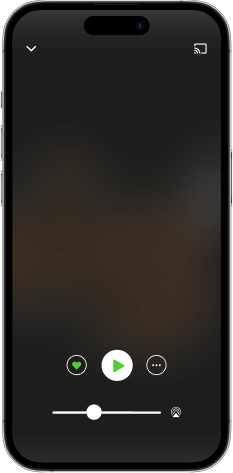The Hidden Link: Pica and Chronic Enteropathy
Send us a textWhat if your pet's habit of eating socks, furniture stuffing, or other non-food items isn't simply bad behavior, but actually a cry for help? Dr. Julianna Perez's groundbreaking research reveals that pica – the consumption of non-food items – may be a clinical sign of chronic enteropathy in dogs and cats.The discovery began in emergency rooms, where veterinarians noticed dogs returning repeatedly for foreign body obstructions. When they removed these objects surgically, they observed abnormal intestinal tissue with blunted villi, erosions, and ulcerations. This led Dr. Perez to systematically collect biopsies during these surgeries, with astonishing results: 99% of animals with pica showed evidence of chronic enteropathy, primarily lymphoplasmacytic enteritis.Most surprising was the severity of inflammation found in these pets, despite many showing only subtle clinical signs that owners often dismissed as normal – occasional vomiting, picky eating, or mild digestive issues. The research challenges the common assumption that pica is primarily behavioral, suggesting that in adult animals over two years old, it should be considered a medical condition until proven otherwise."Pica is not because animals are misbehaved," emphasizes Dr. Perez, whose work was inspired by a heartbreaking case of a service dog that died after multiple foreign body obstructions. The study found mixed breeds (particularly doodles), pit bulls, and retrievers commonly affected, though all breeds can develop this condition.For veterinarians, this research highlights the importance of taking biopsies during foreign body surgeries and looking beyond the immediate obstruction to investigate underlying causes. For pet owners, recognizing repeated pica as a potential medical issue could prevent dangerous obstructions and potentially save lives.Listen as Dr. Perez shares her findings, discusses future research directions exploring nutritional and molecular aspects of pica, and offers practical advice for both veterinarians and pet owners dealing with this challenging condition.JAVMA article: https://doi.org/10.2460/javma.25.02.0079INTERESTED IN SUBMITTING YOUR MANUSCRIPT TO JAVMA ® OR AJVR ® ? JAVMA ® : https://avma.org/JAVMAAuthors AJVR ® : https://avma.org/AJVRAuthorsFOLLOW US:JAVMA ® : Facebook: Journal of the American Veterinary Medical Association - JAVMA | Facebook Instagram: JAVMA (@avma_javma) • Instagram photos and videos Twitter: JAVMA (@AVMAJAVMA) / Twitter AJVR ® : Facebook: American Journal of Veterinary Research - AJVR | Facebook Instagram: AJVR (@ajvroa) • Instagram photos and videos Twitter: AJVR (@AJVROA) / Twitter JAVMA ® and AJVR ® LinkedIn: https://linkedin.com/company/avma-journals


